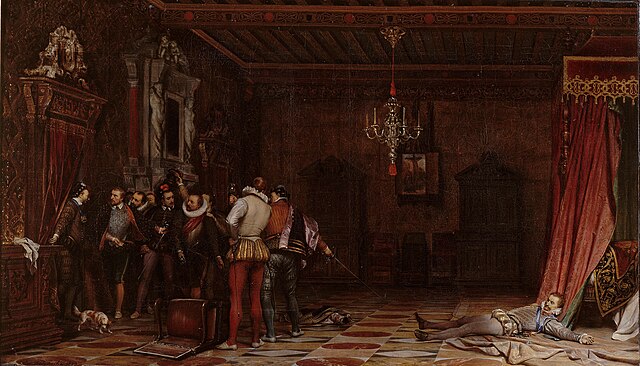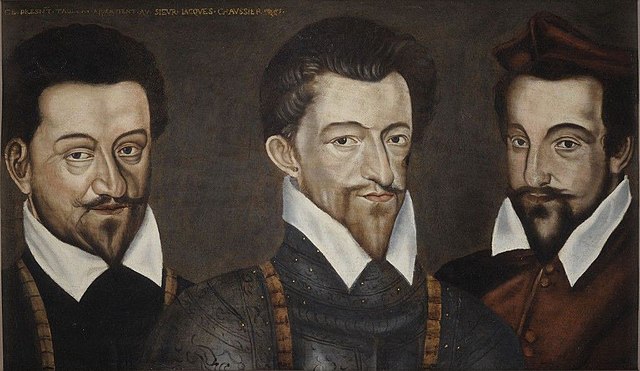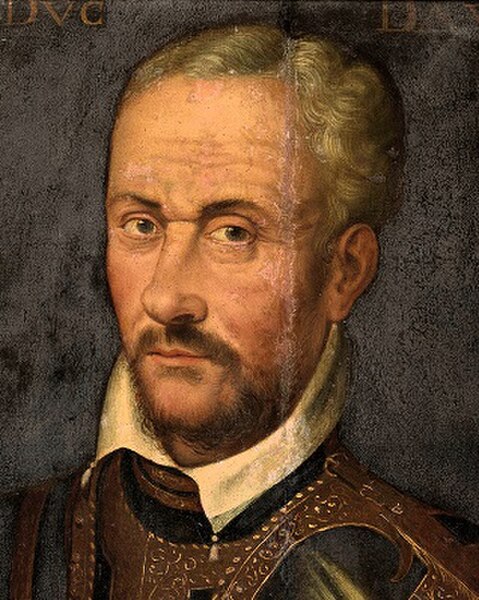Claude de Bauffremont, baron de Sennecey was a French noble, governor, military commander and courtier during the latter French Wars of Religion. Born in 1546 into one of the most prominent noble families of Bourgogne, he was the son of Nicolas de Bauffremont and Denise Patarin. He acquired the roles of gentilhomme de la chambre du roi, bailli (bailliff) of Chalon-sur-Saône and second captain of the company of the duc de Guise. As a client of the Guise, upon the death of the king's brother Alençon in 1584, he was among the founders of the second Catholic Ligue (League) that opposed the prospect of the king's distant Protestant cousin the king of Navarre ascending to the throne upon Henri's death. However, in the war between the ligue and the crown in 1585, Sennecey claimed illness, and remained largely inactive. He would play an important role in the negotiations between the crown and ligue that brought about the very favourable Treaty of Nemours in July of that year, in which Henri capitulated to the ligue and outlawed Protestantism.
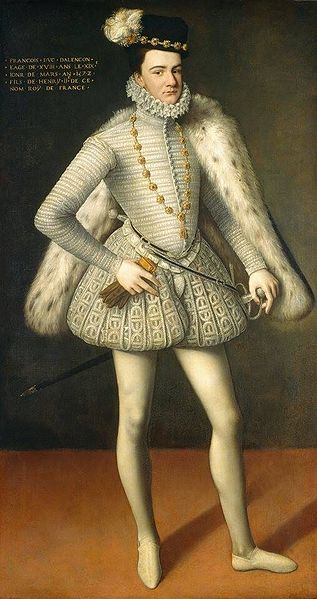
Duc d'Alençon and brother to Henri III, whose death in 1584 would trigger the formation of the Catholic Ligue
Duc de Guise, political patron to Sennecey and founder of the second Catholic Ligue (League)
Painting of the Assassination by Paul Delaroche - 19th century
Engraving of the duc de Mayenne
Charles de Lorraine, duc de Mayenne was a French noble, governor, military commander and rebel during the latter French Wars of Religion. Born in 1554, the second son of François de Lorraine, duke of Guise and Anne d'Este, Mayenne inherited his fathers' position of Grand Chambellan in 1563 upon his death. He fought at the siege of Poitiers for the crown in 1569, and crusaded against the Ottomans in 1572. He served under the command of the king's brother Anjou during the siege of La Rochelle in the fourth war of religion, during which he was wounded. While the siege progressed, his uncle was killed by a cannonball, and he inherited his position as governor of Bourgogne. That same year, his marquisate of Mayenne was elevated to a duché pairie. He travelled with Anjou when he was elected as king of the Commonwealth and was a member of his court there until early 1574 when he departed on crusade again. Returning to France, he served in the fifth war of religion for Anjou, now king Henri III of France, but his badly underfunded army was unable to seriously impede the Protestant mercenary force under Casimir. He aligned himself with the Catholic Ligue that rose up in opposition to the generous Peace of Monsieur and fought in the sixth war of religion that resulted, serving at the sieges of La Charité-sur-Loire and Issoire. During 1576, he married Henriette de Savoie-Villars, securing a sizable inheritance in the south west, and the title of Admiral on the death of her father in 1578. Mayenne was granted full command of a royal army during the seventh war of religion in 1580, besieging the Protestant stronghold of La Mure successfully, and clearing several holdout towns after the peace. In 1582 he was obliged to surrender his title of Admiral to Joyeuse, a favourite of Henri. The following year he was involved in an abortive plan to invade England, though it came to nothing due to lack of funds.
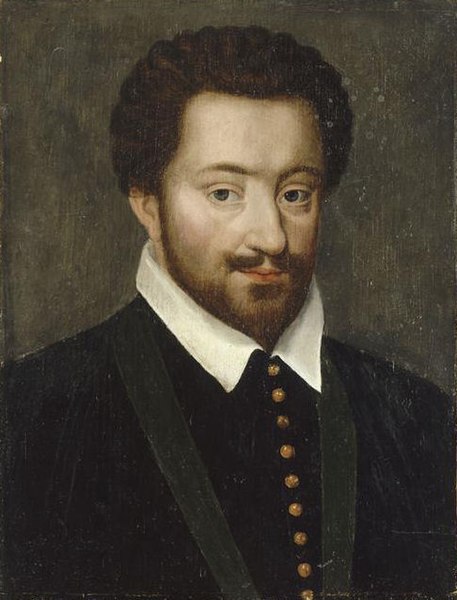
Charles, Duke of Mayenne
Portrait of the three sons of François, Duke of Guise, Charles on the left
Portrait of Mayenne's uncle, Claude de Lorraine
Portrait of Henry when he was Duke of Anjou by Jean de Court (1570)



